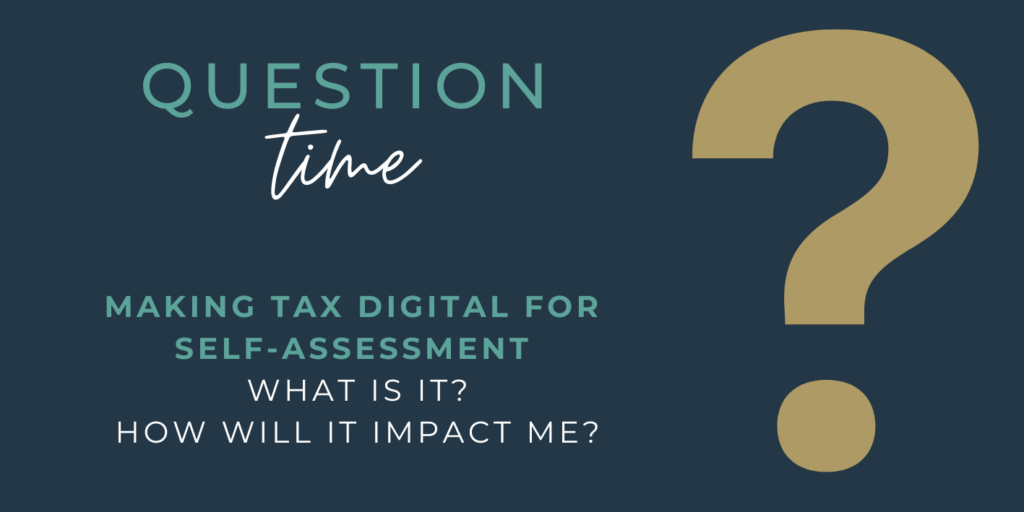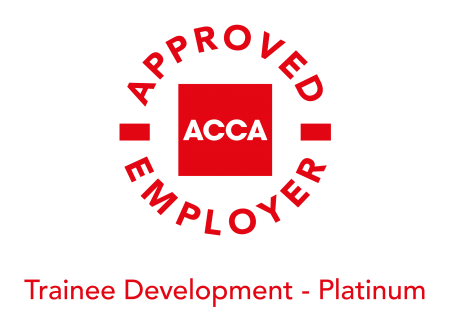UK Tax Rates & Brackets
UK tax brackets for the main types of UK tax are covered in this guide, including the key facts and figures on personal and corporate taxation rates. UK tax rules feature significant complexities, and at Perrys Accountants we are always happy to provide more detail and professional advice to our clients. If you would like to discuss your tax affairs with our taxation experts, please contact us now for a free consultation.
The UK tax rates given here are for 2022/23. Income tax rates are set each year for the period from 6 April to 5 April, while other taxes are set at different times (eg VAT is set at 1 April).
For further information, see also our comprehensive guide to Tax Rates and Allowances.
Personal Tax Allowance
The Personal Tax Allowance is the amount of income you can receive without paying tax.
The tax threshold for 2022/23 is £12,570. The threshold may be higher for individuals eligible for Marriage Allowance and Blind Persons’ Allowance. For higher earners, the allowance is reduced for each £1 for every £2 of adjusted net income received over £100,000, tapering to zero if your earnings are £125,140 or more.
UK Income Tax Rates
Income tax rates vary according to different bands of income. For the tax year 2022/23 the following income bands and tax rates are in force:
| Income Tax Band | Taxable Income | Tax Rate |
| Personal Allowance | Up to £12,570 | 0% |
| Basic Rate | £12,571 to £50,270 | 20% |
| Higher Rate | £50,271 to £150,000 | 40% |
| Additional Rate | Over £150,000 | 45% |
National Insurance Rates
In general, employees, employers and the self-employed usually pay NI at the following rates:
| Employee National Insurance Rates | |||
|---|---|---|---|
| Earnings | Up to £190 a week (up to £822 a month) | £190.01 to £967 a week (£823 to £4,189 a month) | Over £967 a week (£4,189 a month) |
| NI % | 0% | 13.25% | 3.25% |
| Employer National Insurance Rates | |||
|---|---|---|---|
| Earnings | Up to £190 a week (up to £822 a month) | £190.01 to £967 a week (£823 to £4,189 a month) | Over £967 a week (£4,189 a month) |
| NI % | 0% | 15.05% | 15.05% |
| Self-employed National Insurance Rates | |
|---|---|
| Class 2 | £3.15 a week on profits of £6,725 or more |
| Class 4 |
10.25% on profits between £9,881 and £50,270 3.25% on profits over £50,270 |
Further NI rates apply for other employees including those above pension age, apprenticeships and younger workers are covered in full on the government website.
National Insurance Classes
There are three main classes of National Insurance (NI) for employees and the self-employed
| NI Class | Who Pays |
|---|---|
| Class 1* | Employees earning more than £190 a week and under State Pension age |
| Class 2 | Self-employed people earning profits of £6,725 or more a year |
| Class 4 | Self-employed people earning profits of £9,881 or more a year |
* Class 1 NI contributions are automatically deducted by employers. Class 1A and 1B contributions are paid on expenses and benefits, Class 3 covers voluntary NI contributions.
UK Dividend Tax Rates
Dividends are payments by companies to shareholders. They often form part of overall taxable income. The dividend allowance is not subject to tax. For further information, see also our full Guide to Dividend Tax.
| Tax Rate on Dividends 2022/23 over the Allowance* | |
|---|---|
| Basic Rate | 8.75% |
| Higher Rate | 33.75% |
| Additional Rate | 39.35% |
| * Dividend Allowance 2022/23 | |
|---|---|
| Tax Year 2022/23 | £2,000 |
Capital Gains Tax Rates
Capital Gains Tax (CGT) comes into effect when you make a profit from selling an asset, except for your main home.
| Capital Gains Tax Rates 2022/23 | ||
|---|---|---|
| Total taxable income under £50,270 |
Residential property gains* Gains on other chargeable assets |
18% 10% |
| Total taxable income £50,271 or over |
Residential property gains* Gains on other chargeable assets |
28% 20% |
*Excludes profit from sale of primary residence. See also our full guide to Capital Gains Tax.
Corporation Tax Rates
Corporation Tax is paid on profits made by a limited company. The rate is the same regardless of the size of the company.
| Corporation Tax Rate 2022/23 |
|---|
| 19% |
Inheritance Tax Rates
Inheritance is normally payable when an individual’s estate is worth more than the IHT nil rate band when they die.
| Inheritance Tax Rates 2021/22 | |
|---|---|
| Nil Rate Band | £325,000 |
| Lifetime Rate | 20% |
| Death Rate | 40% |
Tax Free Gift Allowance
Each tax year, your annual exemption enables you to give away a total of £3,000 worth of gifts without adding them to the value of your estate. The £3,000 can be given to one person, or split between several people. Any unused annual exemption can be forwarded to the next tax year, but only for one tax year.
Gifts for Weddings or Civil Partnerships
A range of reliefs apply for gifts from parents, grandparents and other donors to someone who is getting married or starting a civil partnership. You can give up to:
| Relief for Lifetime Gifts 2022/23 | |
|---|---|
| To a child | £5,000 |
| To a grandchild or great-grandchild | £2,500 |
| To any other person | £1,000 |
You can combine your small gift allowance of £3,000 in addition with the wedding or civil partnership gift allowance. e.g. you can give your child a wedding gift of £5,000 plus the annual exemption of £3,000 in the same tax year.
Taper Relief for Years Between Gift and Death
The 7 year rule means that no tax is due on any gifts you give if you live for 7 years after giving them (unless the gift is part of a trust). Inheritance Tax will need to be paid if you die within 7 years of giving a gift, with the amount of tax depending on when you gave the gift.
Gifts given in the 3 years before your death are taxed at 40%. Gifts given 3 to 7 years are taxed on a sliding scale:
| Years Between Gift & Death | Rate of Tax on the Gift |
|---|---|
| 0 – 3 | 40% |
| 3 – 4 | 32% |
| 4 – 5 | 24% |
| 5 – 6 | 16% |
| 6 – 7 | 8% |
| 7 or more | 0% |
VAT Rates
VAT is charged on almost everything we buy and sell at the standard rate. The reduced and zero rates apply to a limited range of goods and services.
| VAT Rate 2022/23 | % of VAT | What the Rate Applies to |
|---|---|---|
| Standard Rate | 20% | Most goods and services |
| Reduced Rate | 5% | Some goods and services, eg children’s car seats and home energy |
| Zero Rate | 0% | Zero-rated goods and services, eg most food and children’s clothes |
VAT Registration Threshold
Businesses must register for VAT with HMRC if their annual sales are £85,000 or more (excluding any goods and services which are VAT exempt).
| VAT Registration Threshold 2022/23 |
|---|
| £85,000 |
Changes to NI Rates for 2022/23
Changes to NI and Dividend Tax were announced by the government in September 2021 to help address funding for the NHS and social care in the wake of the COVID-19 pandemic. In 2022/23 NI rates for employees, employers and the self-employed rose by 1.25%. Dividend Tax also increased by 1.25% from 2022/23.
In 2023/24 the NI rates will go back to the same rates as 2021/22, but a new Health and Social Care Levy of 1.25% will be charged on all earned income. Unlike NI, this will also apply to people over retirement age.
Tax Rate FAQs
How much can you earn before paying tax?
No income tax is payable on earnings up to the Personal Allowance of £12,570 (in 2022/23). There are also additional tax-free allowances of £1,000 (in 2022/23) for income from property and self-employment.
How much tax and NI will I pay?
To work out your tax and NI bill you need to use your annual taxable income, tax code and employment status. For employed people, employers will work out the figures in their PAYE calculations and deduct the appropriate amount before making a net payment. The self-employed need to complete a Self-Assessment Tax Return. The process includes a tax calculation based on the figures you enter.
How much tax do the self-employed pay?
Income tax rates and income bands are the same for self-employment and employment. The self-employed can take advantage of an annual tax-free allowance of £1,000 (in 2022/23).
What is the difference between NI rates for the employed and self-employed?
Employed people pay NI Class 1 contributions on earnings over £190 per week (£9,880 annually) at 13.25%, and at 3.25% on earnings over £52,270 (in 2022/23). The self-employed pay Class 2 contributions of £3.15 weekly on annual earnings above £6725 and Class 4 contributions of 10.25% on earnings over £9,881, and 3.25% over £50,270 (in 2022/23).
When do you pay tax in the UK?
Income tax for employed people is deducted at source by employers. For self-assessment returns the deadlines for paper returns is the end of October following the tax year running up to the previous April. For online returns the deadline is the end of January.
When does the UK tax year start?
The UK tax year starts on 6 April and finishes on 5 April.
Is there one rate of Corporation Tax?
Until April 2023 the main rate for all businesses is 19%. In the 2021 budget the government stated that increased rates will apply for businesses with taxable profits over £50,000.
For expert tax advice in London or Kent, please contact Perrys Chartered Accountants now for a free consultation.







